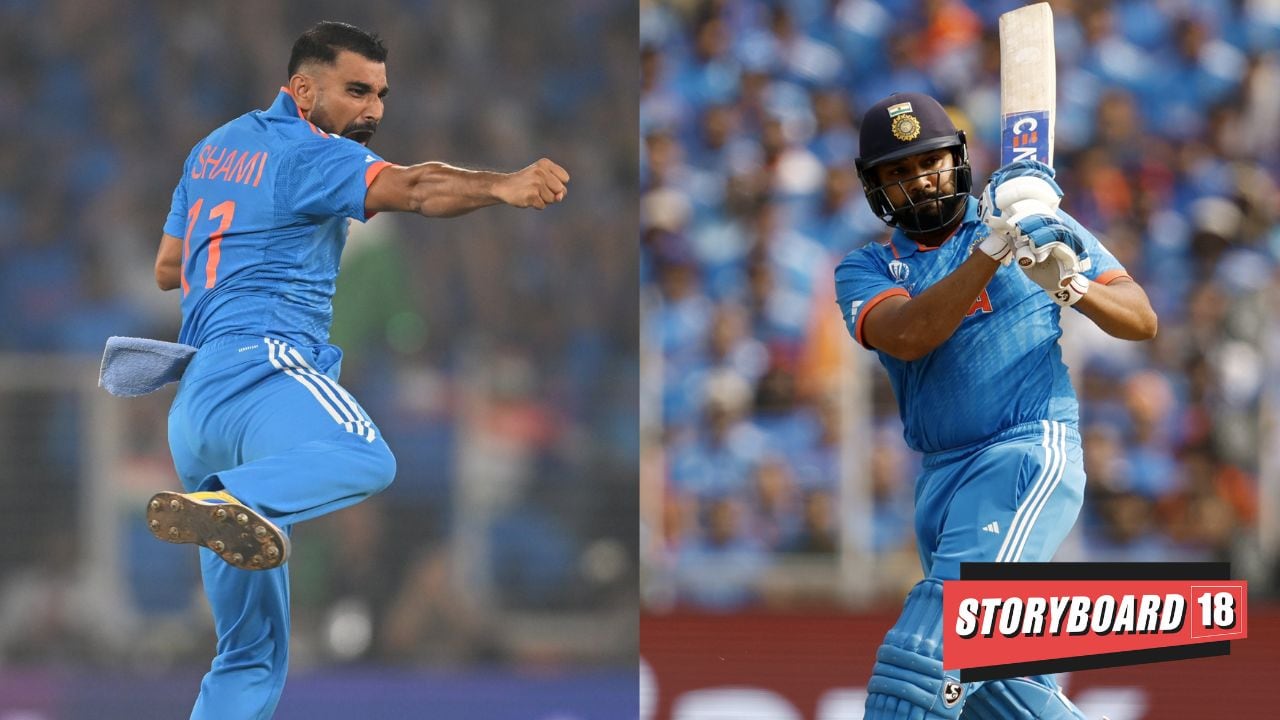Millions of hearts were broken when team India lost the final against Australia at the recently concluded ICC Men’s Cricket World Cup. However, advertisers plan to continue to support and cheer the team. According to sports marketing companies, a loss after a consistent performance makes players a lot more popular because of the social chatter they encourage. This is more true when it comes to cricket.
According to Gaurav Bahirvani, founder and CEO, One One Six Network, “A World Cup loss may be heartbreaking, but that in no way will impact the brand value of the players, which they have built over a period of time due to their remarkable performances. This is India. We are a cricketers’ loving nation, not a cricket loving nation. These players are demi-gods so they won’t lose their sheen so easily.”
Industry experts indicate that star players like Virat Kohli, Rohit Sharma Kohli may get a 30-40 percent hike in endorsement fees. With Mohammed Shami’s consistent performance, even bowlers will start getting the spotlight going forward, believes Bahirvani. According to sources, Shami’s endorsement fees have already doubled. Currently, Shami promotes brands like Puma, Hell Energy Drink and Vision 11 fantasy app.
Brand confidence on a all time high
For the finale, a 10-second ad slot was priced at around Rs 35 lakh, according to industry estimates. Disney Star, the exclusive TV broadcaster for the World Cup in India, has 26 sponsors on board, including PhonePe, Mahindra and Mahindra Ltd, Dream11, Hindustan Unilever, Coca-Cola, Havells, IndusInd Bank, Pernod India, Booking.com, among others.
According to media reports, TV ad spend of the tournament grew by 25 percent over the 2019 edition. The tournament in total has been able to garner ad spend of Rs 2,200-2,300 crore (including TV and digital). The sectors that spent the most on advertising were fast-moving consumer goods (FMCG), consumer durables, and e-commerce. The World Cup this year also witnessed a growth of 19 percent for the first 39 matches in terms of average ad volumes per match compared to ICC World Cup 2019, according to data by TAM Sports, a division of audience measurement analysis firm TAM Media Research.
From a digital viewership point of view, too, Disney+ Hotstar set a new global live streaming viewership record during the final match. The streaming hit 59 million concurrent viewers, surpassing the previous record of 53 million concurrent viewers, set during the India versus New Zealand semi-final match on November 15.
Marketers that placed their bets through the season got both eyeballs and engagements. “We have to look at this from a pragmatic lens. There are sensible marketers who don’t get swayed by sentiments. A lot of brands who invest in sports believe in long-standing partnerships. There is a sense of equilibrium. A bad game day will not affect these strategies and commitments,” explains Ramakrishnan R., co-founder of Baseline Ventures.
Over the last decade the average brand has increased their annual cricket expenditure by 20-25 percent year-on-year. For some brands, it has doubled, year-on-year. “I don’t think brand spends on cricket will drop at all. In fact, we have the IPL and the T20 World Cup in 2024. I would expect brands to spend a lot more (20-30 percent more) if not the same. We will also see new brands entering the eyeball race, while some current ones will bid goodbye. But all in all, the ‘national cricket kitty’ will only keep growing,” concludes Bahirvani.
